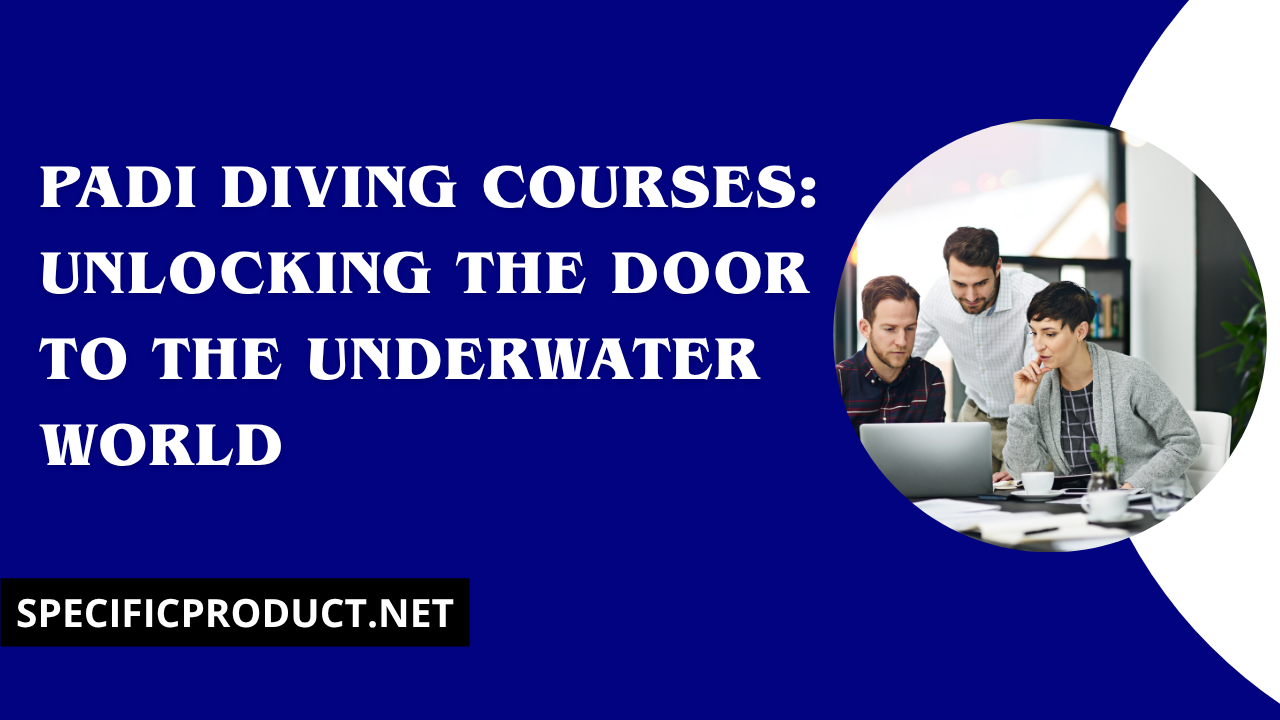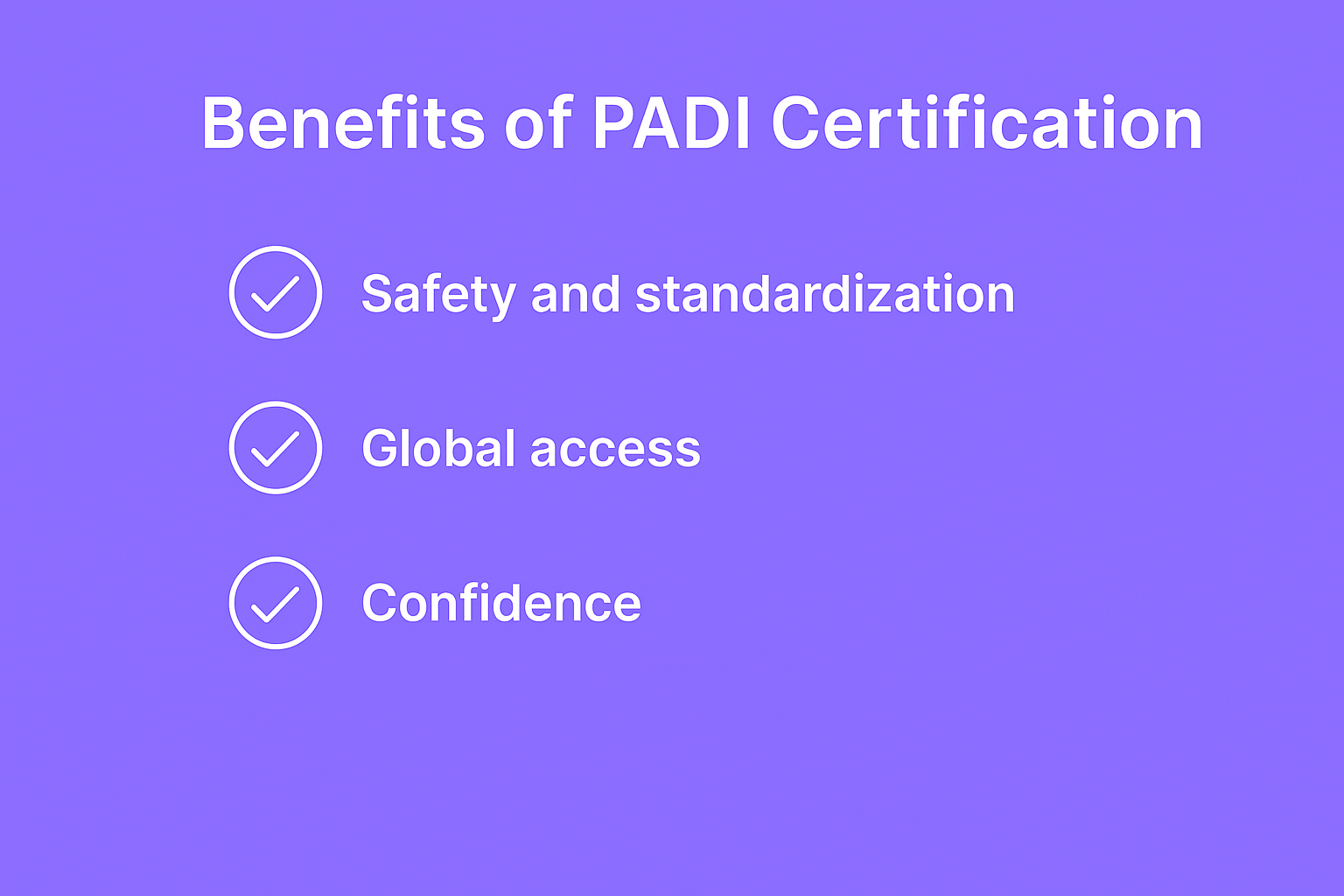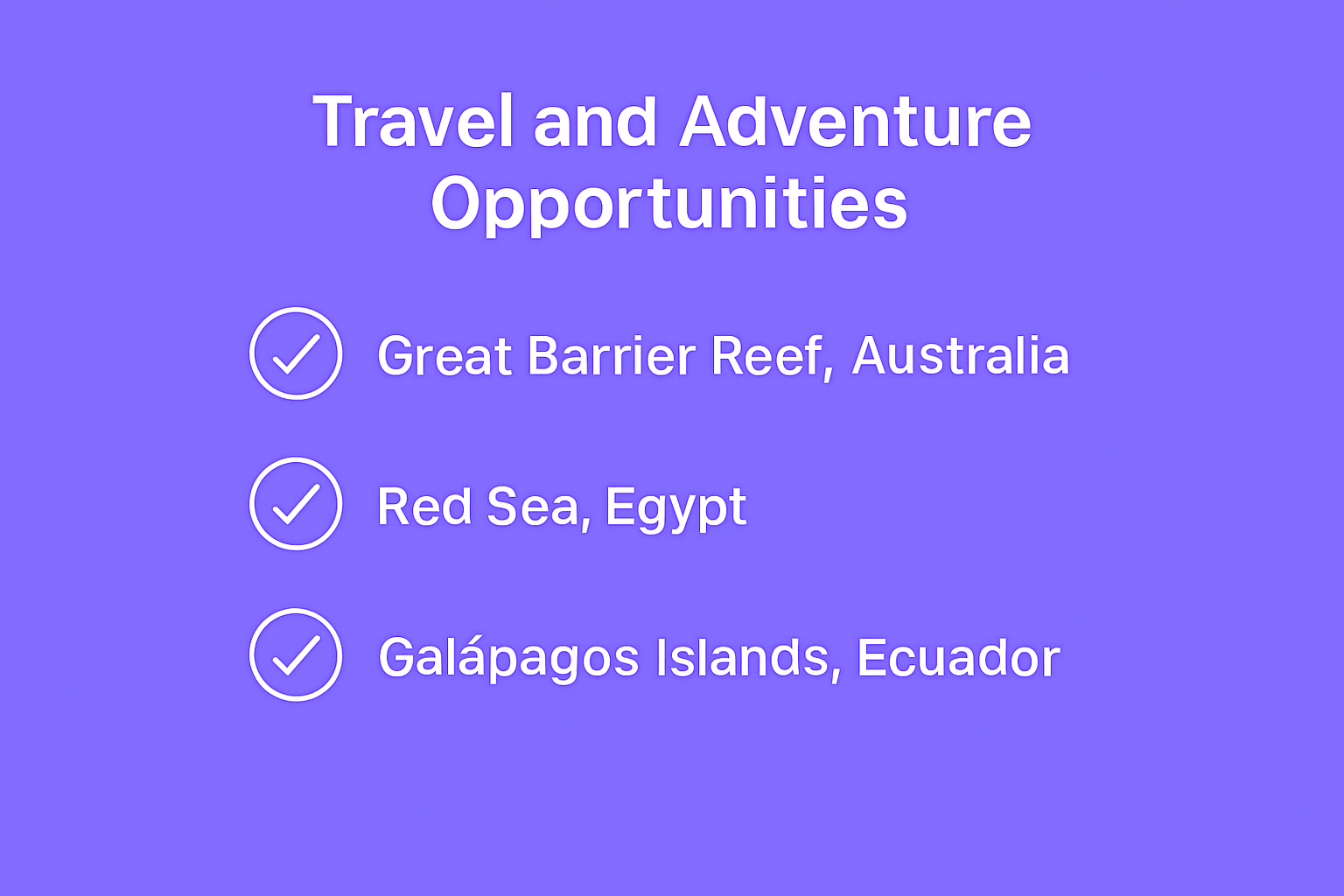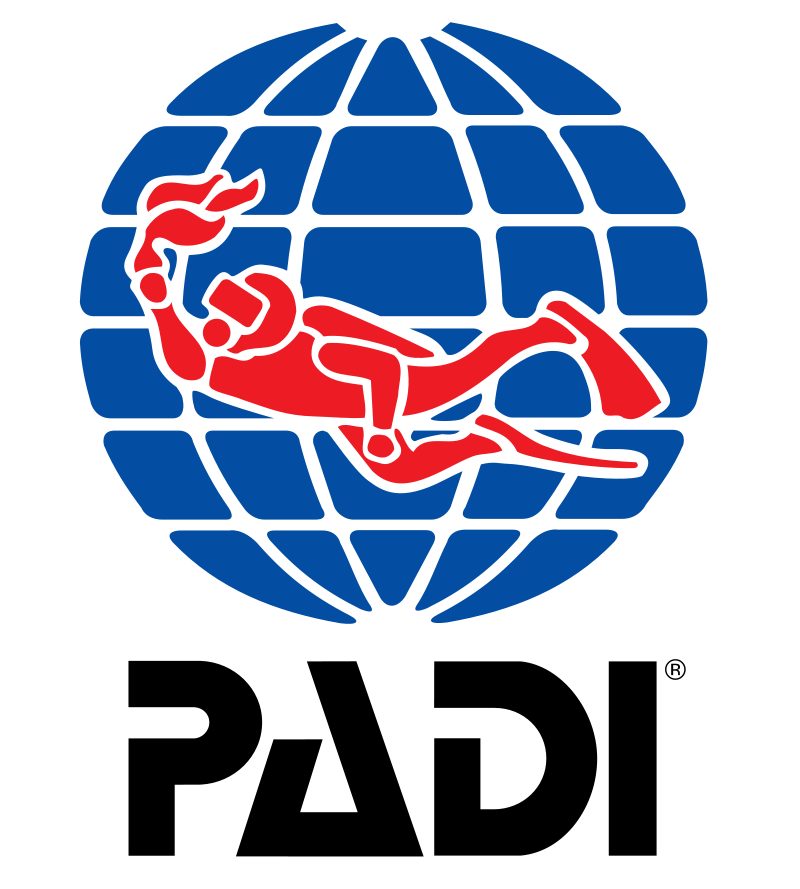


PADI Diving Courses: Unlocking the Door to the Underwater World
Dive into the world of underwater adventure with PADI Diving Courses! This comprehensive guide explores the different PADI certifications, from beginner to professional levels, highlighting safety protocols, course structures, and the incredible benefits of becoming a certified diver. Whether you’re seeking adventure, personal growth, or a professional diving career, this post shows why PADI is your gateway to exploring the underwater world confidently and safely.
Table of Contents
- 1 Introduction
- 2 Getting Started with PADI
- 3 Overview of PADI Courses
- 4 Open Water Diver Course
- 5 Advanced Open Water Diver Course
- 6 Rescue Diver Course
- 7 Specialty Courses
- 8 Benefits of PADI Certification
- 9 Professional Level Courses
- 10 Learning Environment
- 11 Safety Protocols and Standards
- 12 Gear and Equipment
- 13 Travel and Adventure Opportunities
- 14 Common Challenges for Beginners
- 15 Conclusion
- 16 Frequently Asked Questions
Introduction
Imagine a world beneath the waves—vibrant coral reefs, playful fish, and the serenity of weightlessness. This is the magic of scuba diving. And if you want to explore this underwater paradise safely and confidently, PADI diving courses are your gateway. As the world’s leading scuba certification agency, PADI equips you with the knowledge, skills, and experience to dive anywhere on the planet.
Getting Started with PADI
Starting your diving journey with PADI is simple. Most courses require you to be at least 10 years old for junior programs or 12+ for adult certifications, and a basic swimming ability. Choosing the right course depends on your experience and goals, whether it’s a first dive or advancing toward professional certification.
Overview of PADI Courses
PADI offers a range of courses designed for every level:
- Open Water Diver – Beginner certification
- Advanced Open Water Diver – Enhances skills and adventure dives
- Rescue Diver – Safety and emergency training
- Specialty Courses – Focused skills like night diving or photography
- Professional Levels – Divemaster, Instructor, and career-focused programs
Open Water Diver Course
The Open Water Diver course is ideal for beginners. It combines classroom theory, pool sessions, and open water dives. You’ll learn:
- Basic diving skills
- Equipment handling
- Safety protocols
Duration: 3–4 days
Cost: Varies by location, typically $300–$500
Advanced Open Water Diver Course
This course builds on your foundation. You’ll experience:
- Deep diving (up to 30 meters)
- Underwater navigation
- Adventure dives like wreck diving or night diving
It’s perfect for those who want to explore more challenging dive sites.
Rescue Diver Course
The Rescue Diver course teaches emergency response techniques and problem-solving underwater. You’ll gain skills such as:
- Assisting distressed divers
- Handling emergency scenarios
- Developing confidence and responsibility
Specialty Courses
PADI offers specialized courses tailored to your interests:
- Wreck diving – Explore sunken ships
- Underwater photography – Capture stunning marine life
- Nitrox diving – Extend bottom time safely
Specialty courses allow divers to focus on their passions and gain advanced skills.
Benefits of PADI Certification
Getting PADI certified comes with numerous advantages:
- Safety and standardization –Learn diving skills recognized worldwide
- Global access – Dive in thousands of locations across continents
- Confidence – Master underwater navigation, buoyancy, and emergency skills
Professional Level Courses
For those pursuing a career in diving, PADI provides professional programs:
- Divemaster – Lead dives and assist instructors
- Instructor – Teach courses and certify new divers
Professional courses open doors to exciting opportunities, from tropical resorts to research programs.
Learning Environment
Training happens both in pools and open water. Many PADI schools also offer online theory classes, which make learning flexible. Choosing a reputable school ensures proper safety standards and qualified instructors.
Mixbook Review: A Step-by-Step Guide to Creating Custom Photo Products
How MEL Science is Making Learning Chemistry Fun and Interactive
Unlocking the Power of Apollo.io for Efficient CRM and Lead Management
Maximize Efficiency with Time Doctor: Features Every Business Should Know
The Power of Bright Data: Unlocking Valuable Insights for Your Marketing Strategy
Safety Protocols and Standards
Diving safely is PADI’s top priority:
- Conduct pre-dive equipment checks
- Follow emergency procedures
- Keep a dive log to track experience and skills
Gear and Equipment
Essential diving gear includes:
- Mask, fins, snorkel
- Wetsuit or drysuit
- Buoyancy control device (BCD) and regulator
Renting is a good start for beginners, while advanced divers often invest in personal equipment for comfort and reliability.
Travel and Adventure Opportunities
A PADI certification opens doors to incredible destinations:
- Great Barrier Reef, Australia
- Red Sea, Egypt
- Galápagos Islands, Ecuador
Combine diving with travel, adventure, and eco-friendly practices for a truly unforgettable experience.
Common Challenges for Beginners
New divers often face challenges:
- Fear of water – Start gradually in pools
- Buoyancy control – Practice using BCD and breathing
- Pressure changes – Learn equalization techniques
Conclusion
PADI diving courses are more than just certifications—they’re a ticket to a whole new world. Whether you’re exploring coral reefs, wrecks, or deep-sea wonders, PADI provides the skills and confidence to dive safely anywhere. Take the plunge, and let the underwater adventure begin!
Frequently Asked Questions
It varies—Open Water Diver typically takes 3–4 days, while advanced and professional courses may take weeks.
Most healthy individuals with basic swimming ability can enroll. Some medical conditions may require consultation.
Yes, PADI is the world’s leading scuba organization, recognized globally.
Costs range from $300–$500 for Open Water Diver courses, varying by location and dive school.
Recreational courses focus on personal skills and adventure, while professional courses train you to lead, teach, or work in the diving industry.
Recent Post


How Reolink Performs in Affiliate Marketing Campaigns

Renderforest Review: Video Marketing Made Easy for Agencies

How Remote Teams Improve Marketing Productivity

Lightspeed Commerce Review: Best POS for Growing Retail Brands

Why Lightinthebox Is a Profitable Choice for Affiliate Marketers

How Lightinthebox Helps Agencies Drive Global E-Commerce Sales

Anker au: Premium Charging Solutions for Modern Devices

pCloud Review: A Complete Product & Services Analysis

Reolink: Smart Security Camera Solutions for Homes and Businesses







